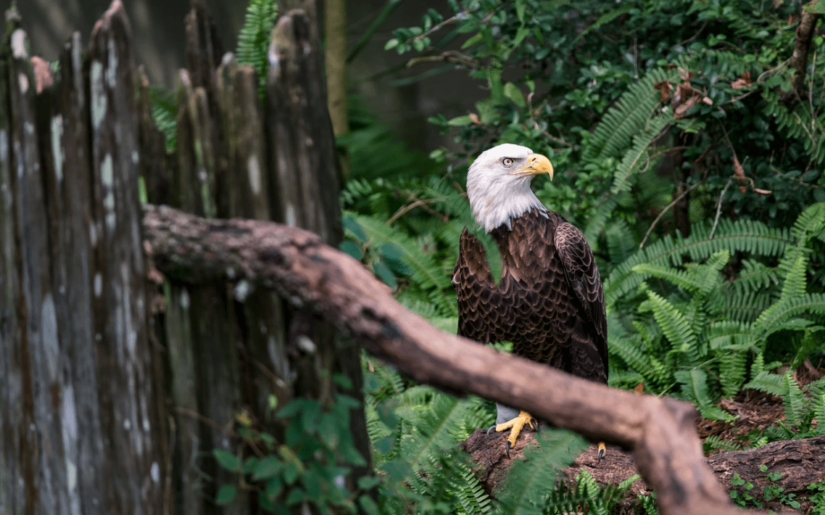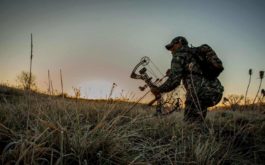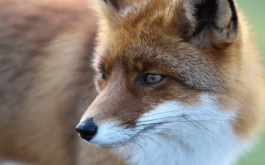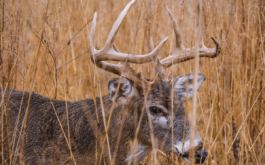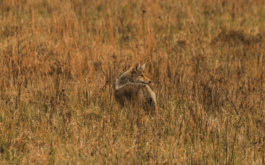If a species is listed as threatened or endangered under the authority of state law and/or under the U.S. Endangered Species Act it means that they are in decline throughout their entire range. Species may be listed as state threatened or endangered but not federally listed. It is unlawful for any person to hunt threatened, endangered and protected animals.
Endangered Species
These animals are in danger of extinction throughout all or a large portion of its range.
Golden-Cheeked Warbler which can be found in central Texas. They stick to woodlands with tall Ashe juniper, oaks and other hardwood trees. They are endangered due to the destruction of their ecosystems in order to build houses, roads and stores.
Kemps Ridley Sea Turtle are on the decline primarily due to human activity. The most common is accidental capture in commercial fishing operations.
Aplomado Falcon, most often seen in pairs and are found in the South of Texas and Trans-Pecos regions. They have been on the decline due to agricultural development in their grassland habitats.
The ocelot is somewhat bigger than a large housecat and inhabits dense shrubs and thickets. The population of this species is declining due to habitat destruction and poachers.
The red wolf population became decimated due to intensive predator control programs and loss of habitat. Grey wolves are currently endangered in the USA. Grey wolves are the largest species of wolf, ranging between 50-90 pounds. They are found in forests, brushlands and grasslands. Their decline has been attributed to predator control by humans.
Other endangered species are Black-capped Vireo, Jaguarundi, Houston Toad.
Threatened Species
These species are likely to become an endangered species in the future if preventable measures are not taken and followed. The bald eagle has been the national symbol of the United States for many years. They became endangered due to illegal shooting and the contamination of food sources. Federal laws have been established to protect this majestic eagle.
Black Bears have been overexploited for many years because of sport hunting, predator control and habitat alteration. There are currently laws in place by the Texas Parks and Wildlife Department. These laws help with the recovery of black bears in the Trans Pecos. This is done by monitoring bear sightings, prohibiting illegal taking of bears and conducting overall research on their food sources, habitats and population ecology.
The Texas tortoise has been listed internationally as a CITES species due to loss of habitat from automobiles, agriculture and predators. It is found mainly in South Central Texas and Northern Mexico. Alligator snapping turtles have a triangular-shaped head with a pointed nose and three rows of prominent ridges on their shells. Due to floods, these turtles can appear in unprecedented places. The Texas Parks and Wildlife ask that they be reported by calling 281-302-8033.
Louisiana pine snake, Texas Kangaroo rat, indigo snake, and the horned lizard make up the rest of the threatened species.

Protected Birds
Birds under this category are protected by the state and federal law. They may not be hunted, killed or possessed in any way nor can their feathers be possessed or sold.
Red-tailed hawks are federally protected under the Migratory Bird Treaty Act (MBTA). They cannot be hunted without a special permit issued through the United States Department of Agriculture (USDA) and United States Fish and Wildlife Service (USFWS). This is because some species may be common in one state but may be on the decline in another.
Bats, another protected bird, are very useful to our ecosystems. They control insect population and help to pollinate. In the summer months in Texas, migratory Brazilian free-tailed bats take over caves and man-made structures. Bats in Texas may not be hunted, killed, possessed, purchased or sold. They may be moved, trapped or killed if they are disturbing a building that contains people.
Other protected birds include:
- Red-shouldered Hawk
- Turkey Vulture
- Great horned owl
- Scissor-tailed Flycatcher
- Cardinal
- Indigo Bunting
- Black-necked stilt
- Blue Jay
- House Finch
- Tufted Titmouse
- Green Jay
- Painted Bunting
- Roadrunner
- American Kestrel
- Tri-coloured Heron
- Brown Pelican
- Roseate Spoonbill
- Black Skimmer
- Great Blue Heron
Unprotected Birds
These birds are not protected by any state or federal la. They can be killed at any time, their nests or eggs destroyed, and their feathers possessed.
These birds include:
- European starlings as they travel in flocks of thousands posing threats to other birds and cause damage to agriculture
- English sparrows, known to cause major damage to grape and berry growers; feral rock doves, capable of spreading disease to humans and livestock
- Eurasian collared doves who negatively impact its native equivalent
The follow birds may be controlled without a federal or state depredation permit when found committing destruction to livestock, crops or wildlife or when they pose as a health hazard:
- Yellow-headed, red-winged, rusty, or Brewer’s blackbirds
- grackles
- cowbirds (excluding cattle egret)
- crows
- magpies
